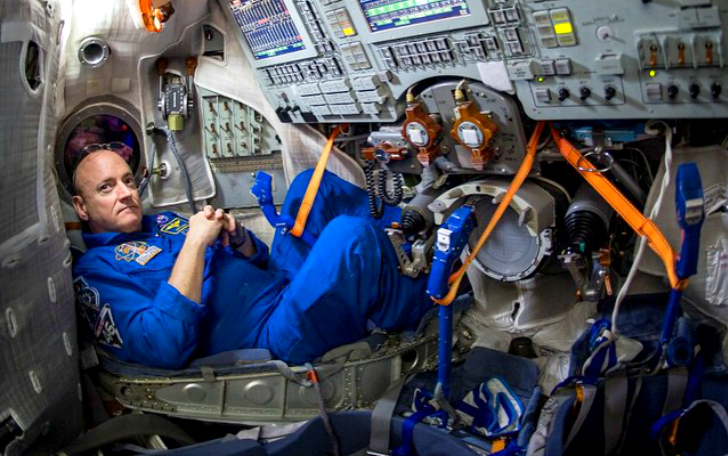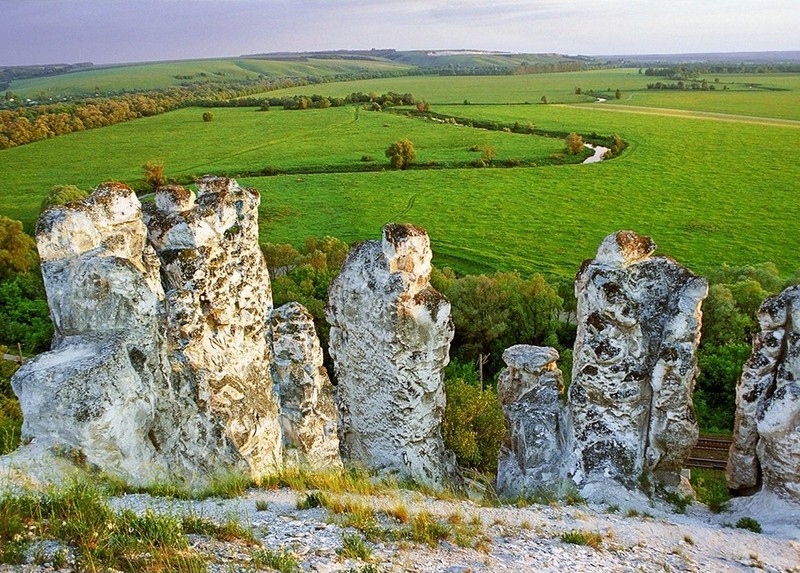В космос вместе с НАСА
0
А вот удивительнейшей красоты инстаграм американского Национального управления по воздухоплаванию и исследованию космического пространства — НАСА. У аккаунта порядка трех с половиной миллионов подписчиков, а в профиле дан классный совет: «Изучай Вселенную и нашу родную планету».
Накануне, между прочим, имела место самая важная космическая встреча этого десятилетия: аппарат NASA New Horizons встретился с Плутоном и хорошенечко разглядел его.
Предлагаем отправиться в путешествие по Вселенной вместе с НАСА и любознательной редакцией Бигпикчи.
(Всего 20 фото + 5 видео)
Смотрите также — 15 самых красивых инопланетянок
А вы знали, что у нас есть Telegram?
Подписывайтесь, если вы ценитель красивых фото и интересных историй!
Популярное
 Безумные старые снимки подростков Флориды
Безумные старые снимки подростков Флориды
 Rockettes: шоу-герлз на все времена
Rockettes: шоу-герлз на все времена
 Субкультура советских времен: чем жили стиляги-антисоветчики
Субкультура советских времен: чем жили стиляги-антисоветчики
 Обед "по первому разряду", или Какие блюда в ресторанах СССР были самыми дорогими
Обед "по первому разряду", или Какие блюда в ресторанах СССР были самыми дорогими
 23 неизвестных факта о нашем мире, которые заставят вас задуматься
23 неизвестных факта о нашем мире, которые заставят вас задуматься
 Удовольствие, которое могло стоить жизни»: тайные гей‑бары XVIII века
Удовольствие, которое могло стоить жизни»: тайные гей‑бары XVIII века
 Девственность, король и тростник: что скрывает церемония Эсватини
Девственность, король и тростник: что скрывает церемония Эсватини
 5 стран, где не празднуют Новый год 1 января
5 стран, где не празднуют Новый год 1 января
 20 драматичных фото, которые растрогают любого до глубины души
20 драматичных фото, которые растрогают любого до глубины души
 5 художников, которые виртуозно рисуют котов
5 художников, которые виртуозно рисуют котов
 Безумные старые снимки подростков Флориды
Безумные старые снимки подростков Флориды
 Rockettes: шоу-герлз на все времена
Rockettes: шоу-герлз на все времена
 Субкультура советских времен: чем жили стиляги-антисоветчики
Субкультура советских времен: чем жили стиляги-антисоветчики
 Обед "по первому разряду", или Какие блюда в ресторанах СССР были самыми дорогими
Обед "по первому разряду", или Какие блюда в ресторанах СССР были самыми дорогими
 23 неизвестных факта о нашем мире, которые заставят вас задуматься
23 неизвестных факта о нашем мире, которые заставят вас задуматься
 Удовольствие, которое могло стоить жизни»: тайные гей‑бары XVIII века
Удовольствие, которое могло стоить жизни»: тайные гей‑бары XVIII века
 Девственность, король и тростник: что скрывает церемония Эсватини
Девственность, король и тростник: что скрывает церемония Эсватини
 5 стран, где не празднуют Новый год 1 января
5 стран, где не празднуют Новый год 1 января
 20 драматичных фото, которые растрогают любого до глубины души
20 драматичных фото, которые растрогают любого до глубины души
 5 художников, которые виртуозно рисуют котов
5 художников, которые виртуозно рисуют котов
















